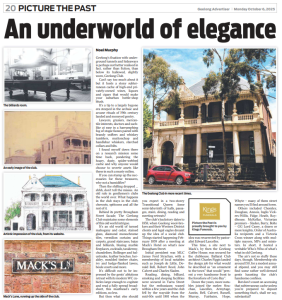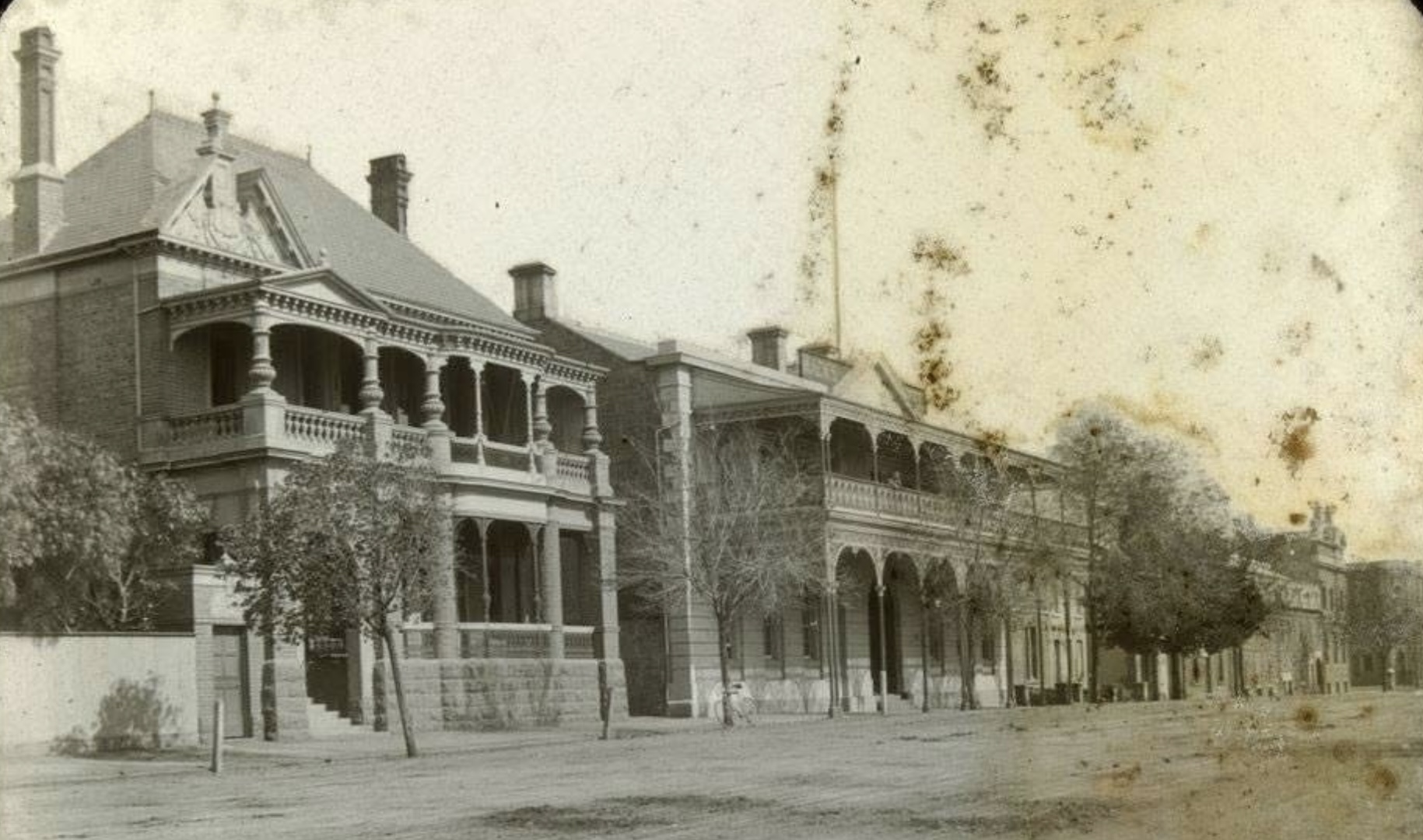
Geelong’s fixation with underground tunnels and hideaways is perhaps not better realised in fact, rather than fiction, than below its hallowed, slightly worn, Geelong Club.
Can’t say too much about it but it hosts a stony subterranean cache of high-end privately-owned wines, liquors and cigars that would make your suburban bottle-shop blush.
It’s a tip to a largely bygone era steeped in the archaic and arcane rituals of 19th century landed and monied gentry.
Lawyers, graziers, mercantile interests, doctors and suchlike at ease in a harrumphing fog of stogie fumes paired with brandy snifters and whiskey tumblers, muttonchop and handlebar whiskers, starched collars and bibs.
I found myself down there on a research mission some time back, pondering the hoary, dusty, spider-webbed cache and why anyone would choose to secrete assets like these in such a musty milieu.
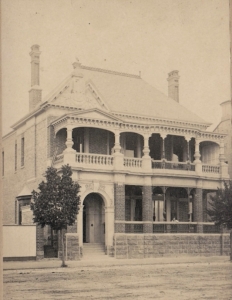
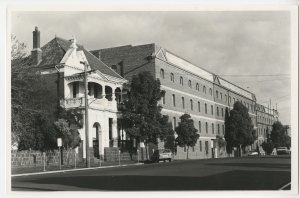
If you can stump up the necessaries for these treasures, why not a humidifier? Or a more climate-controlled environs?
Then the shilling dropped … shhh, don’t tell the missus. An old rule in gentlemen’s clubs the world over. What happens in the club stays in the club; cheroots, spittoons and all the rest of it.
Behind its pretty Brougham Street façade, The Geelong Club maintains some elements of this old world intrigue.
It’s an old world of turned mahogany and cedar, stained glass, diamond monochrome tiles, vermillion curtains and carpets, grand staircases, baize and billiards, blazing marble fireplaces, cocktails, taxidermy, chandeliers, Bollinger and balustrades, leather benches, heraldry, moulded timber chairs, ivy and hedge-flanked lawns, boule courts and more.
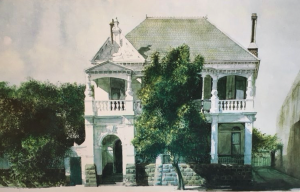
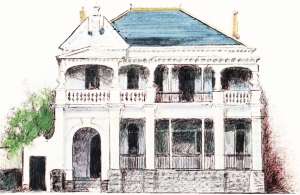
It’s difficult not to be impressed by the gents’ ablutions retreat with its modern WC cubicles large enough to cogitate and read a fully spread broadsheet, this masthead’s early editions, no less.But then what else should you expect in a two-storey Transitional Queen Anne semi-labyrinth of halls, passages, stairs, dining, reading and meeting retreats?
The club’s back-story dates to 1858, when Geelong wool-brokers and their Western District clients and legal eagles dreamt up the idea of a social club. Things started happening February 1859 after a meeting at Mack’s Hotel on what’s now Brougham Street.
Initial president was MLC James Ford Strachan, with a membership of local notables such as Joseph de Little, Donald Bell, Robert Reed, John Calvert and Charles Sladen.
Reading, dining, billiard, smoking and sleeping facilities were secured in Yarra Street but the enthusiasm waned within a few years and the club fell by the wayside from the mid-60s until 1881 when the idea was resurrected by pastoralist Edward Lascelles.
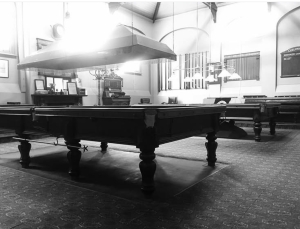
This time, a site next to Mack’s, by then the Geelong Coffee House, for for f was secured for the clubhouse. Ballarat Club architect Charles Figgis landed the design job for what would be described as “an ornament to the town” that would “present a very handsome front to the foreshore of Corio Bay”.
Down the years, more notables joined the melee: Strachan, Lascelles, Armytage, Austin, Bell, Calvert, Russell, Murray, Fairbairn, Hope, Whyte – many of them street names you’ll find around town.
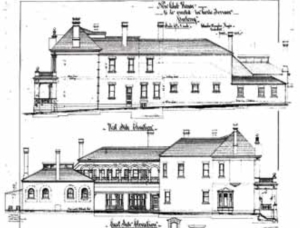
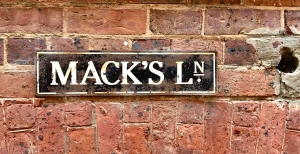
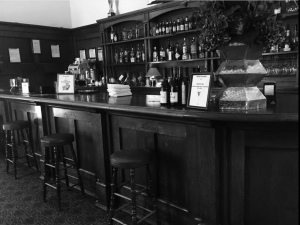
Others included Chomley, Douglass, Annois, Inglis Vickers-Willis, Fidge, Heath, Roydhouse, McKellar, Victorian premiers – Sladen, Berry, Bolte – GG Lord Casey, a dozen or more knights, Order of Australia recipients and a Victoria Cross winner along with multiple mayors, MPs and ministers.
In short, it hosted a veritable Who’s Who of what’s what in old Geelong.
The air’s not so stuffy these days, though. Functions, events, weddings are regular affairs in the private garden, ballroom or dining room and available to pretty much all comers.
Membership sits around 150, for a modest annual stipend, and you may still find some rather well-dressed gents haunting the club’s handsome confines.
But don’t count on accessing that subterranean cache unless you’re prepared to deposit something that’s, shall we say, substantial?
This article appeared in the Geelong Advertiser 6 October 2025
